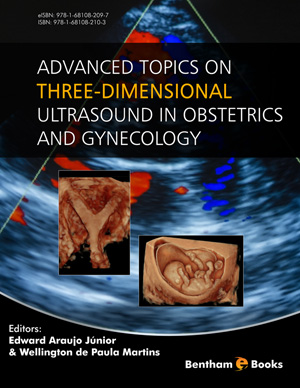Abstract
Since the introduction of three-dimensional ultrasonography (3DUS) in clinical practice, much has been published about the capabilities of this technology to evaluate the fetal anatomy in multiple planes, obtain rendered images of the fetal face, exquisite images of the fetal skeletal system and, more recently, volumetric images of the fetal heart, using spatiotemporal image correlation (STIC) technology. While 3DUS helps in the diagnosis of certain anomalies, such as facial clefts, skeletal dysplasias and spinal abnormalities, besides being an invaluable tool in a telemedicine setting, there are still limitations, inherent to ultrasonography, such as susceptibility to motion artifacts and shadowing. In this chapter, we review the diagnostic capabilities of 3DUS for the diagnosis of a variety of fetal anomalies as well as its limitations.
Keywords: Fetal malformations, Fetal surface, HD live, Rendering mode, Spatiotemporal image correlation, Three-dimensional ultrasound.






















